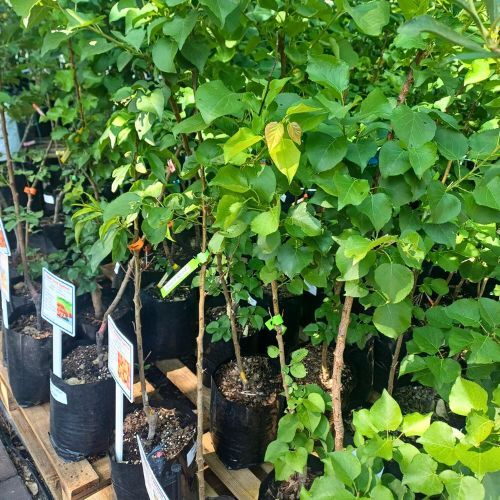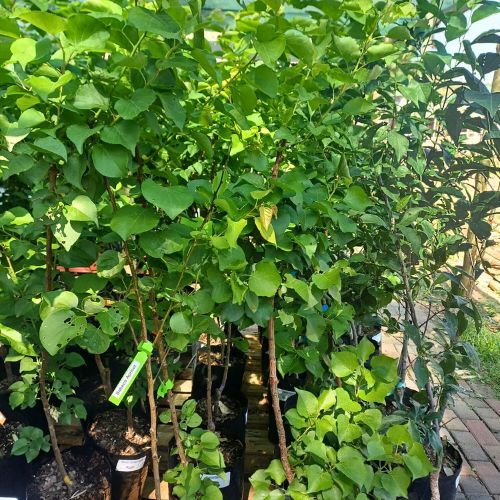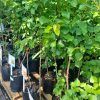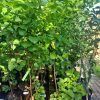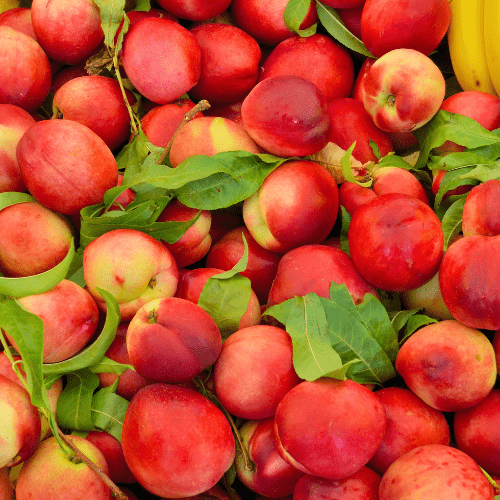Position
Preferably full sun, or at least 6-8 hours sunlight a day.
Soil
Alpha apricot trees best in well-draining soil with a slightly acidic to neutral pH. Adding organic matter can improve soil quality and drainage.
Watering
Newly planted apricot trees need consistent moisture for root establishment. Mature trees are drought-tolerant but still require regular watering, about 2-3cm per week.
Water deeply to encourage deep root growth. Drip irrigation systems and soaker hoses are effective for providing consistent moisture. Water at the tree’s base to avoid wet foliage and reduce the risk of fungal diseases.
Mulch
Apply organic mulch to your nectarine tree all year round.
Use from 2 to 5 centimetres of pine bark mulch to protect the roots from UV damage and drying out. It retains moisture, and maintains an optimal pH. Do not let the mulch touch the plant stem, as it may cause infection or rot.
Fertilising
Apply our slow-release all-plant fertiliser. Apply 1 teaspoon every 4-5 months. The roots will absorb what they need.
Alternatively, apply a balanced fertiliser (such as 10-10-10) in early spring before new growth begins. Thereafter fertilise annually in early spring.
Pruning
Pruning is important for maintaining shape and encouraging airflow, which helps prevent diseases.
For young trees, establish a strong framework; for mature trees, maintain the desired shape. When making cuts, cut back to a healthy bud and at a slight angle to promote healing. If the tree is getting too tall or wide, prune it to maintain a manageable size.
Remove no more than 20-30% of the tree’s canopy at one time. Over-pruning can stress the tree and reduce fruit production.
Pests and Diseases
Watch for pests like aphids, tree borers, and spider mites infestations.
Treat promptly or preferably use preventative measures by spray with agricultural Neem Oil or Effective Microorganisms (EM Control)
Harvesting
Apricots are typically ready for harvest in mid to late summer, depending on the climate. The fruit should be picked when fully ripe for the best flavor.
Fresh apricots should be stored in a cool place. For optimal flavor and texture, they are best consumed shortly after harvest.


